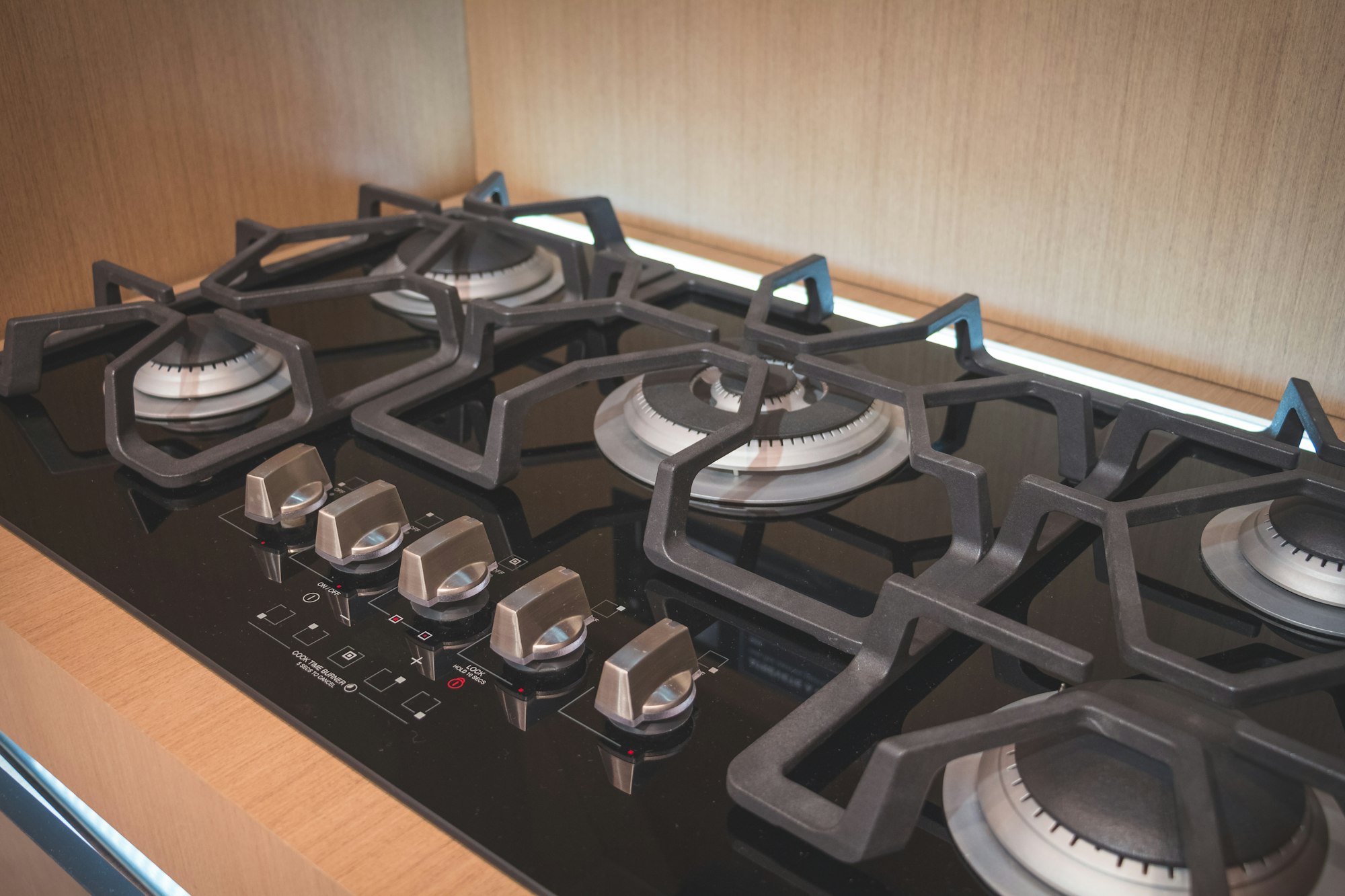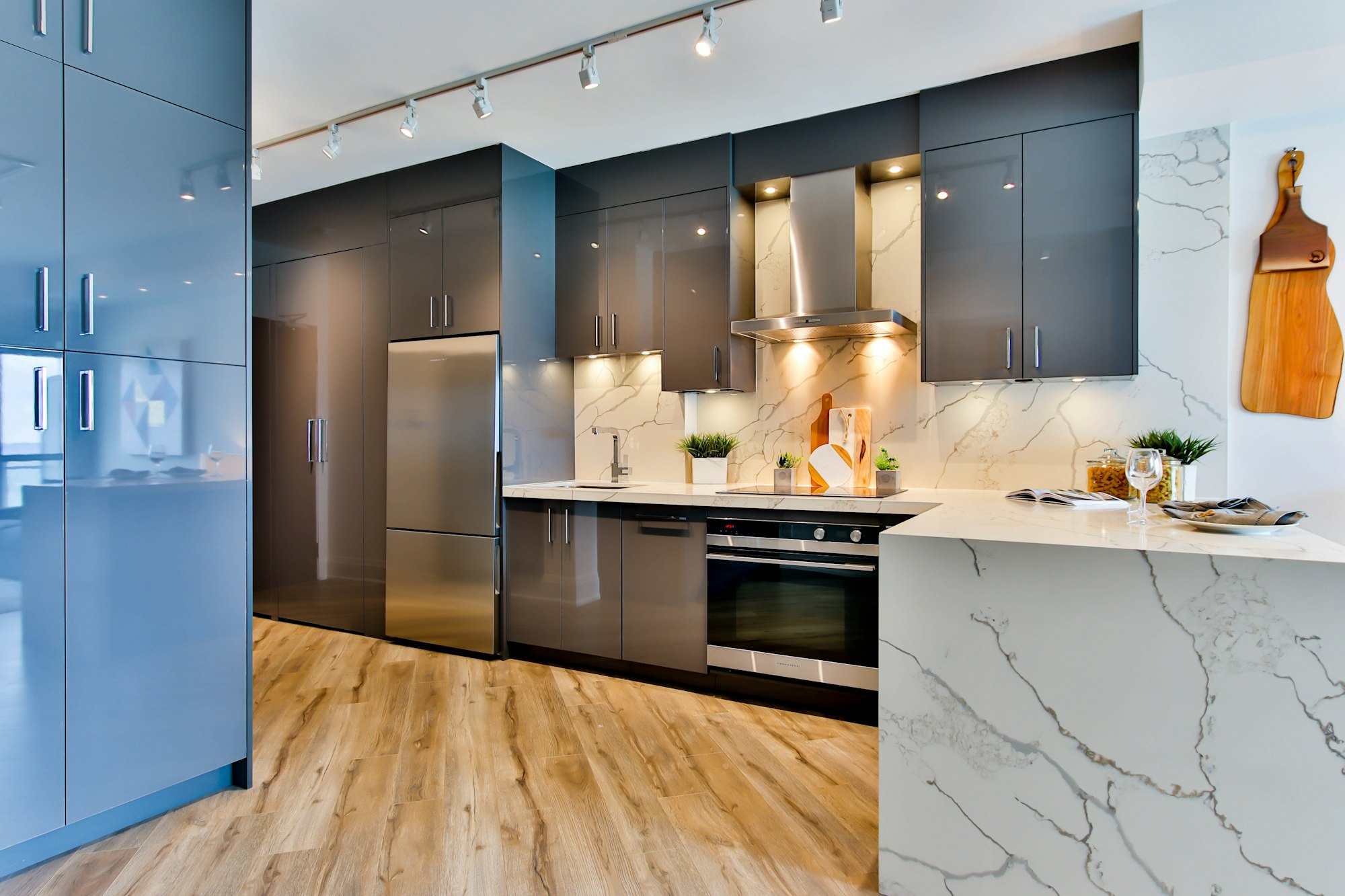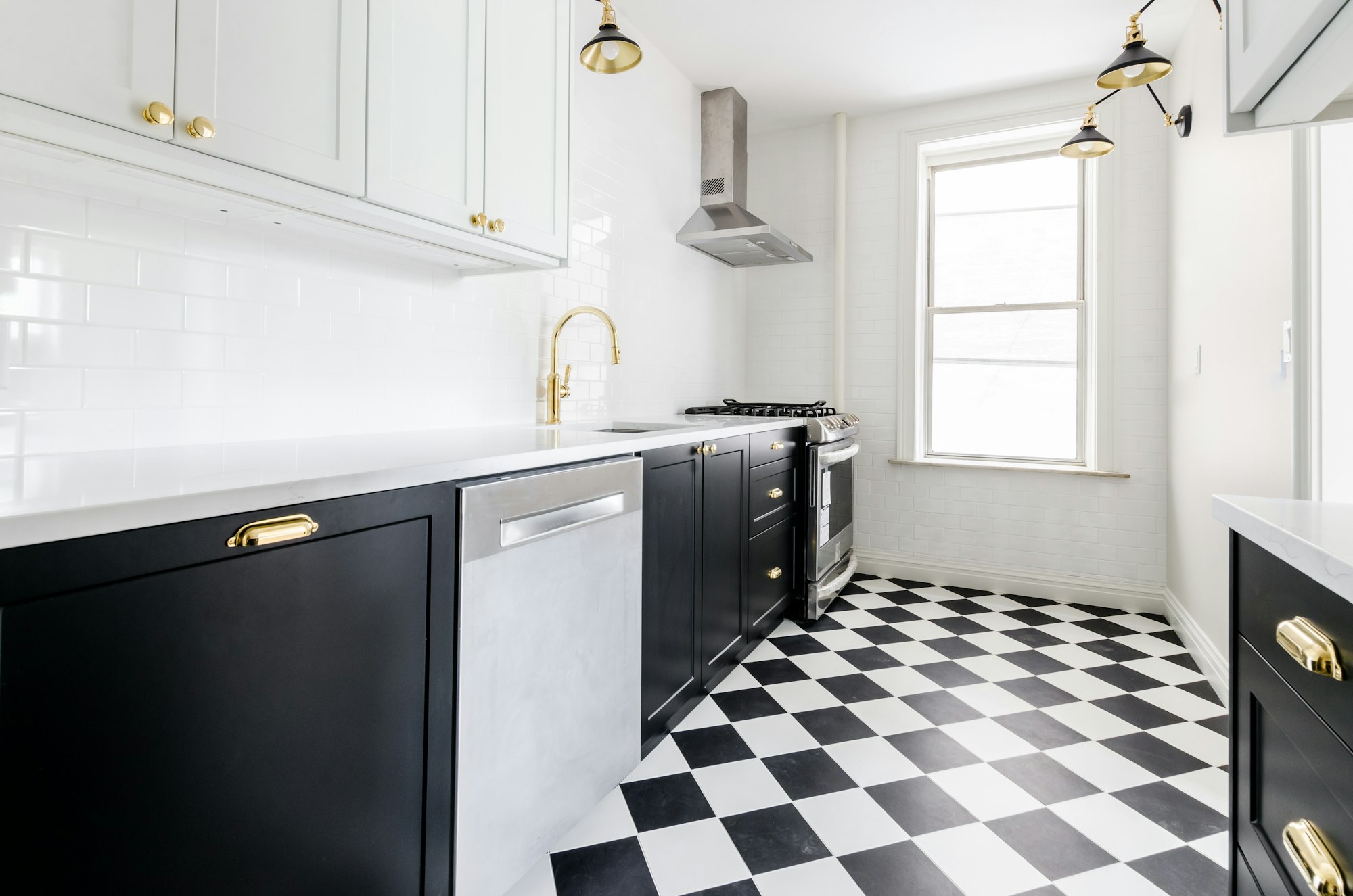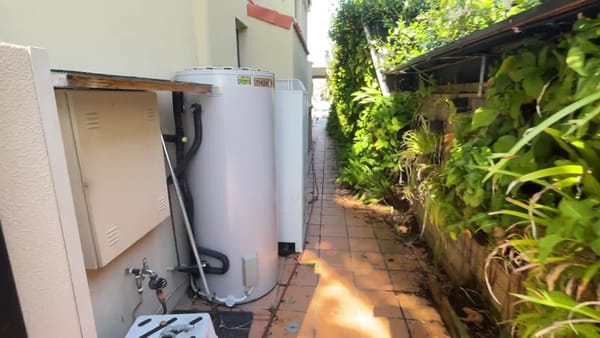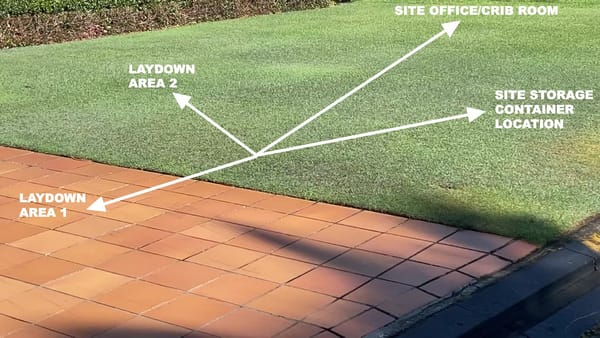Understanding the changes in AS/NZS 5601.1: 2022 can be hard, but it is important to know the new standards to make sure that gas cooktops and range hoods are installed and used safely.
In this blog post, we'll talk about the new gas installation standards for how much space needs to be between a gas cooktop and a range hood.
New Rules for Gas Installation Clearance
In the new version of AS/NZS 5601.1: 2022 Gas installations Part 1: General installations, the minimum distance between a gas cooktop and a range hood has gone up from 600 mm to 650 mm.
This new standard went into effect on September 30, 2022, and everyone who has a licence to work with gas must follow it.
Transition Period
The Queensland Petroleum and Gas legislation gave people 6 months to adjust to the new standard. After March 30, 2023, the 2013 version of the standard can no longer be used.
New Installations
In new builds, rangehoods and exhaust fans must be installed following the instructions provided by both the appliance and rangehood or exhaust fan manufacturers.
Whenever there is a difference, the bigger clearance will be used. The space above the cooking pots should not be less than 650 mm for a rangehood and 750 mm for an exhaust fan.

Kitchen Renovations
For kitchen renovations in an existing home where new cabinets and range hoods have been put in, gasfitters should install the gas cooking appliance according to the new gas installation clearances.
Existing Installations
From March 30, 2023, if an appliance is being replaced, there can't be less than 600 mm of space between the highest part of the highest burner and the range hood, unless the instructions for the appliance say there should be more space.
If the manufacturer’s instructions don’t specify a measurement, the rangehood should be at least 600 mm above the highest burner, or 750 mm if it’s an exhaust fan.
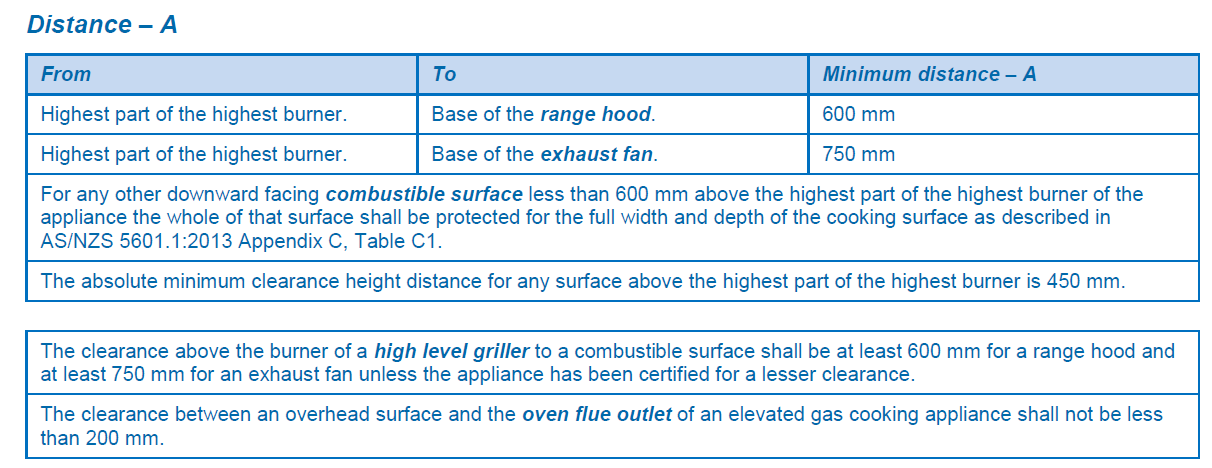
How to Measure Clearance
Starting on March 30, 2023, measurements for a new kitchen will be taken from the top of the trivet on a gas stove. When measuring from a gas stove, you don't have to take into account removable parts like a wok trivet that sits on a hob trivet or small rises in wok burner trivets.
For kitchens built before 30 March 2023, measure from the top of the highest gas burner or the top of the hob.
Conclusion
AS/NZS 5601.1: 2022 requires that gas cooktops and range hoods have a certain amount of space between them. Installing gas lines Part 1: It's important to do general installations. Gasfitters are in charge of making sure that any gas system they install or change after March 30, 2023, meets these rules. If you know these rules, your gas cooktops and range hoods will be safe to install and use in your kitchen.
